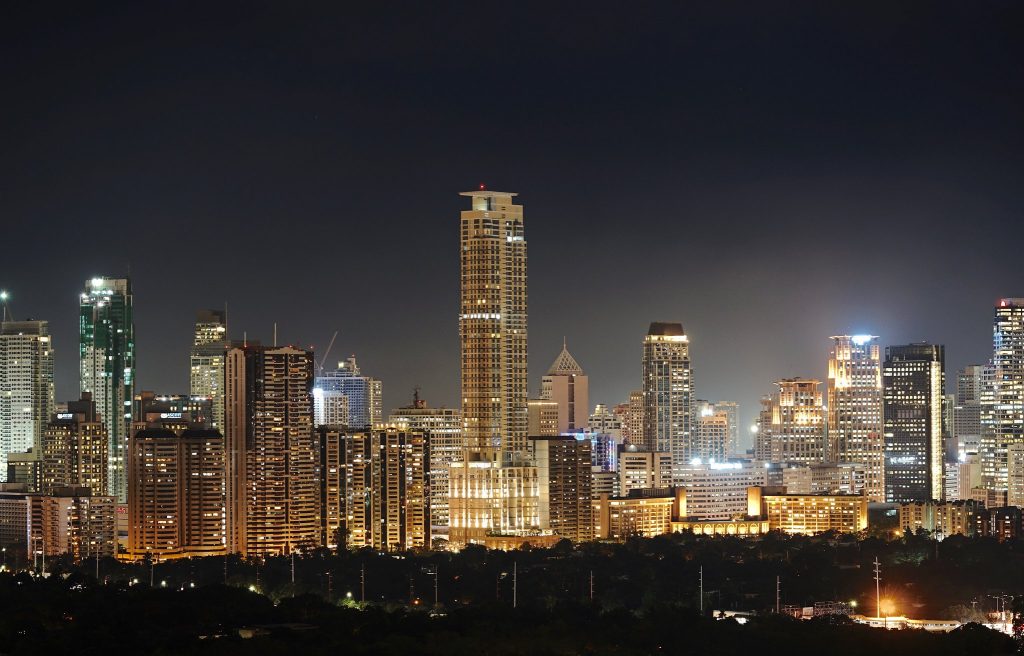Business and Economy
Gov’t spending to contribute more in economic recovery

MANILA – Government spending, which expanded by 0.7 percent year-on-year last July, is expected to post faster growth in the coming months and boost economic recovery.
Citing Bureau of the Treasury (BTr) data, the September 2021 issue of Market Call attributed the minute growth in government spending last July to government agencies’ focus on finalizing their proposed 2022 budget with the Department of Budget and Management (DBM).
“We expect NG (national government) spending to significantly pick up pace in the coming months with the Presidential elections in May 2022 only some nine months away,” said Market Call, the joint publication of First Metro Investment Corporation (FMIC) and University of Asia and the Pacific (UA&P).
BTr data show that state expenditures posted faster growth of 34.20 percent year-on-year last August, while it jumped by 10.94 percent year-on-year in the first eight months this year.
As of end-August this year, government expenditures reached PHP2.963 trillion while total revenues amounted to PHP2.005 trillion.
This brought the budget gap to PHP958.2 billion, 29.36 percent higher than the PHP740.7 billion in the same period in 2020.
“NG spending should go full throttle starting August as the economy needs the stimulus especially from infrastructure spending,” the report added.
The Market Call said “the rosy outlook supported by economic data in the past months now have paled a bit”, partly due partly to latest lockdowns implemented to address another rise in the coronavirus disease 2019 (Covid-19) infections.
The government implemented a two-week enhanced community quarantine (ECQ) in Metro Manila from August 6 to 20, and then a modified ECQ from August 21 to September 15.
The government has also pilot-tested the granular lockdown in Metro Manila to determine the best way possible to further reopen the economy while ensuring that Covid-19 infections are addressed.
Economic managers further lowered the full-year growth projection for this year to 4 percent to 5 percent from 6 percent to 7 percent earlier, on account of the latest development on the pandemic and its impact on the economy.
“We remain confident that the economy will overcome the current obstacles — esp(ecially) with faster vaccination rollouts and better weather conditions in the last four months of the year,” the report added.





















